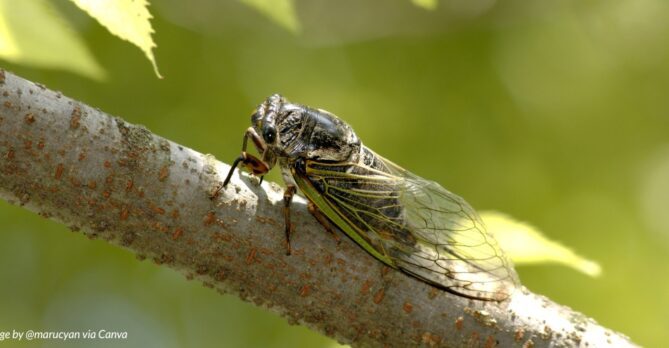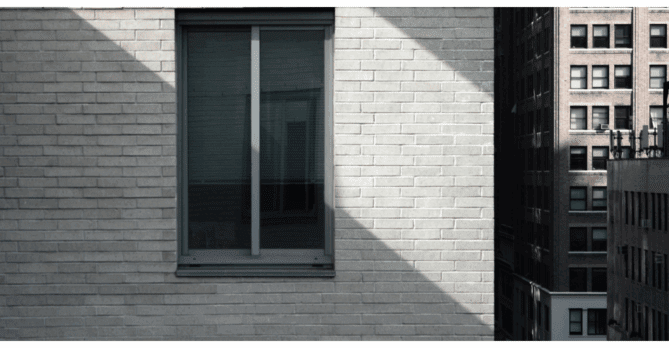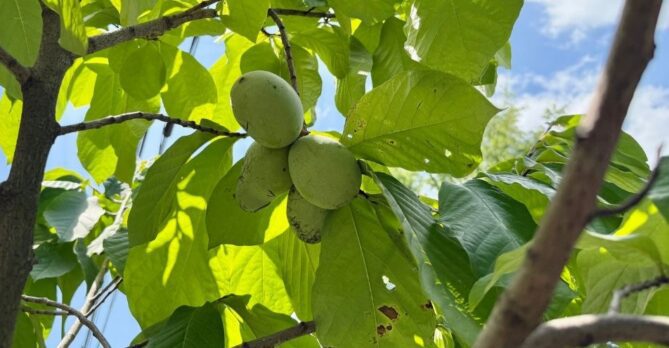
As spring gives way to early summer, Washington, DC’s urban forest offers breathtaking floral displays. While DC is famous for its cherry blossoms, which bloom earlier in spring, here are seven trees that bloom in May and June, bringing vibrant color and life to our city’s canopy.
1. Tulip Tree (Liriodendron tulipifera)
The tulip tree, also known as the tulip poplar, produces tulip-shaped flowers from May through June. These greenish-yellow blooms with orange markings add unique charm to the landscape and are complemented by the tree’s tall, straight form and distinctive leaves, which resemble tulip flowers. Many people describe the flower as a small “teacup,” and it often blooms high in the tree canopy. As a result, you may only see fallen blooms on the ground if you’re not looking up! The tulip tree is a large, fast-growing shade tree that can reach over 100 feet in height. It is native to the capital region and can be planted for free for DC residents!
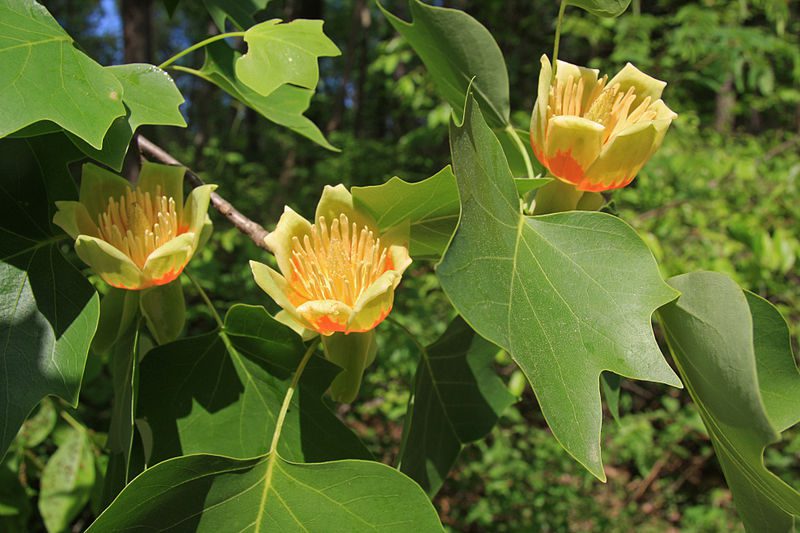
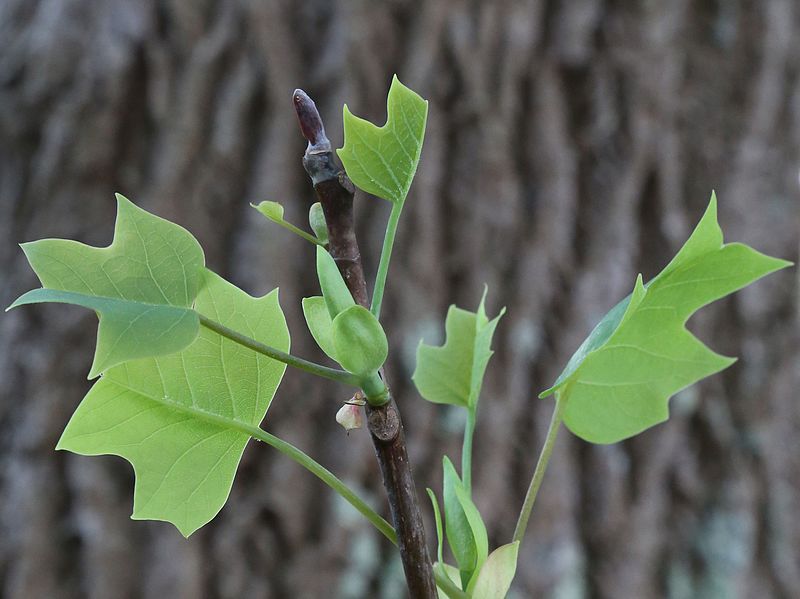
2. American Yellowwood (Cladrastis kentukea)
You may have noticed the yellowwood tree already in bloom around your neighborhood! It produces long, fragrant clusters of white flowers in late spring and early summer. The tree has an open, graceful crown and large compound leaves that turn a striking yellow-orange in the fall, providing visual interest throughout multiple seasons. The name “yellowwood” comes from the distinctive yellow tint found in its heartwood, the dense inner wood of the tree, which was once used for dyes and various woodworking projects. Yellowwood trees typically grow to a height of 30 to 40 feet, making them a perfect choice for any size yard. They are also available through our free tree programs.
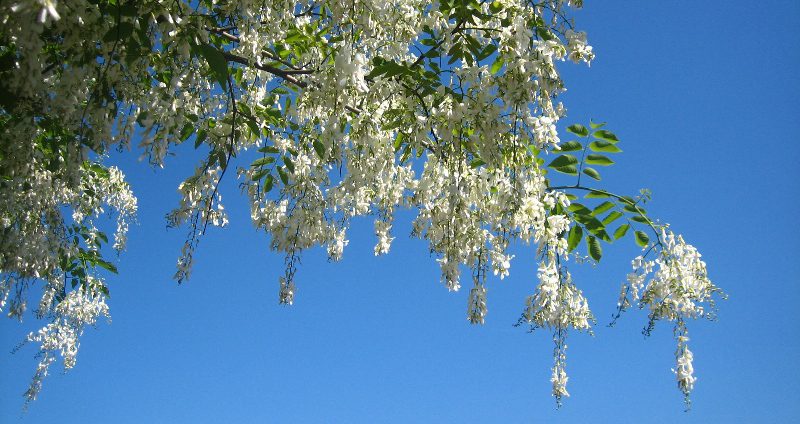

3. Southern Magnolia (Magnolia grandiflora)
The Southern Magnolia is known for its large, fragrant, creamy-white flowers that bloom from late spring to early summer. Its glossy evergreen leaves and impressive blossoms create a striking presence in many neighborhoods. This species is resilient to various urban challenges, such as air pollution, poor soil quality, and storm damage, making it a durable choice for city landscapes. Additionally, Southern Magnolia can be planted for free through our free tree programs.
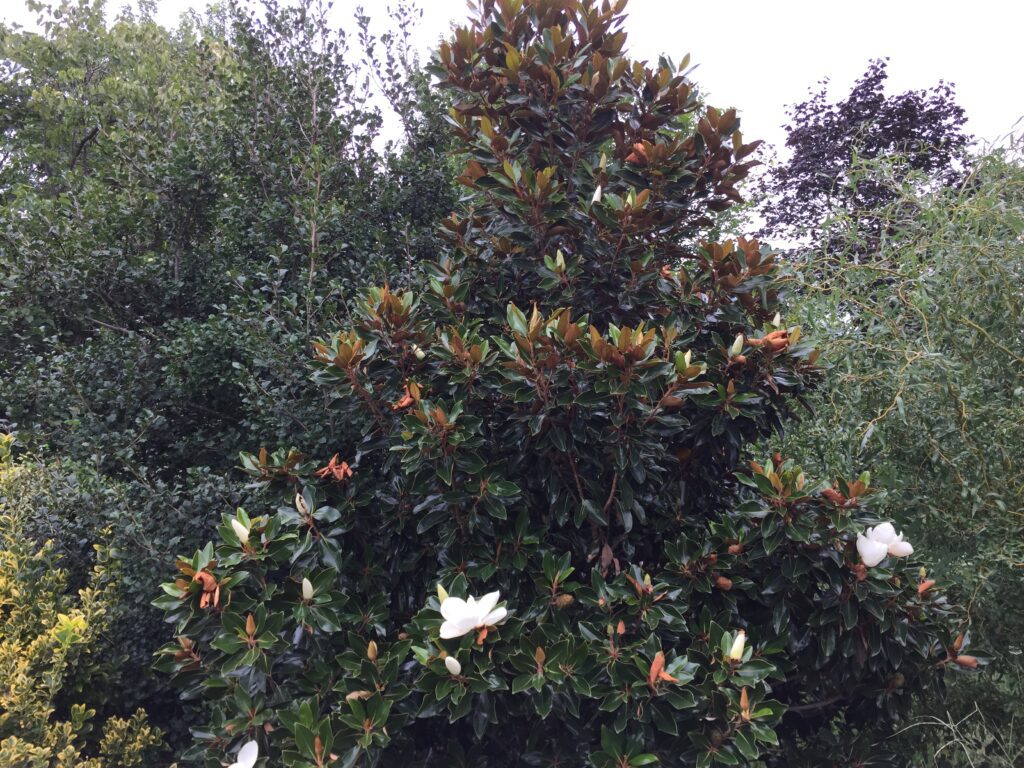
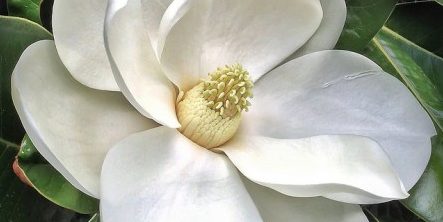
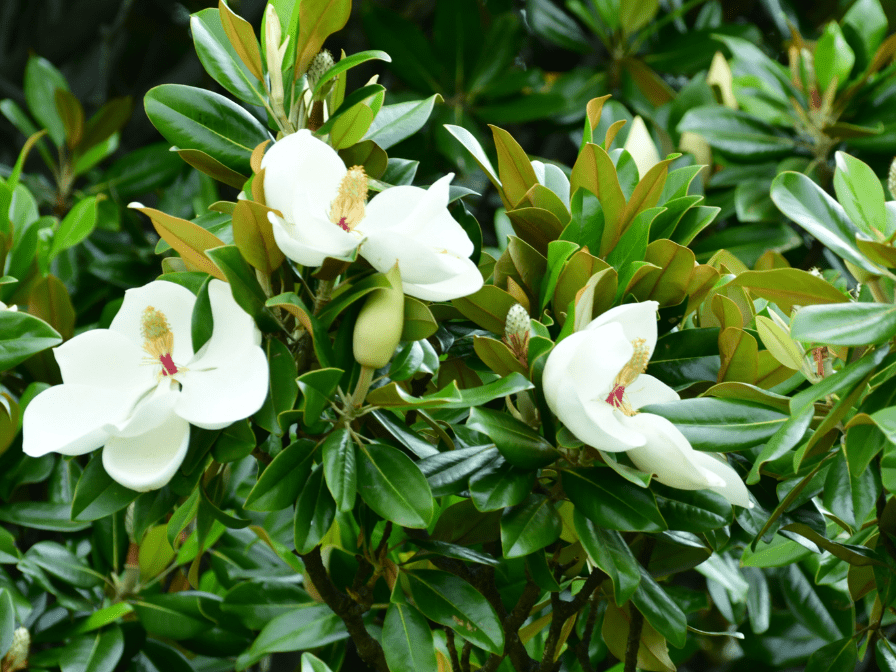
4. Sweetbay Magnolia (Magnolia virginiana)
Looking similar to the Southern Magnolia, but smaller in stature, the Sweetbay Magnolia blooms sporadically from late spring through summer with creamy-white, cup-shaped flowers that emit a sweet, lemony fragrance. This graceful, semi-evergreen tree has glossy, dark green leaves with silvery undersides, creating a shimmering effect in the breeze. The Sweetbay Magnolia can be planted for free through our free tree programs, but can also often be found at local nurseries and qualify for our tree rebate program.
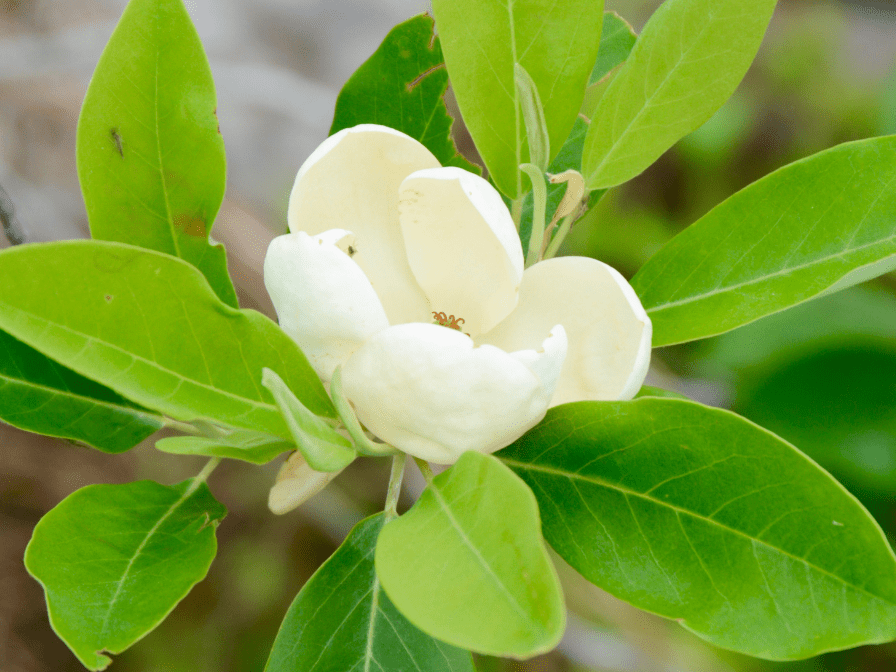
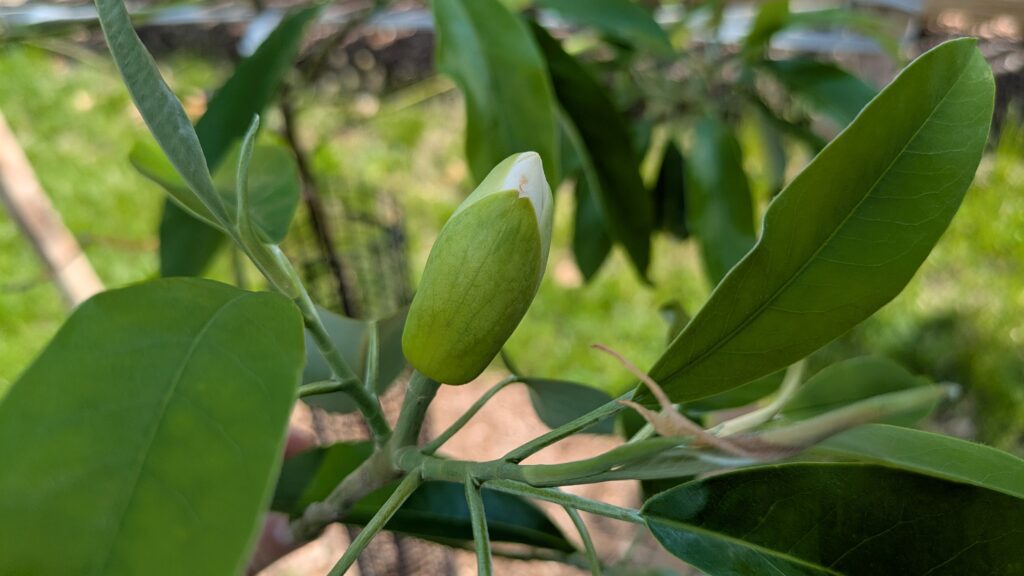
5. Northern Catalpa (Catalpa speciosa)
Northern Catalpa blooms in late spring to early summer with large, showy white, bell-shaped or trumpet-shaped flowers marked with yellow and purple inside. These flowers appear in clusters and are followed by long seedpods, earning the nickname “cigar tree.” Its flowers attract bees, hummingbirds, and butterflies, while the seed pods offer food and habitat for local wildlife, supporting urban biodiversity. This unique tree species is a favorite of many of our urban forestry staff. Our arborists would gladly recommend planting one of these on your property through our residential tree planting programs!
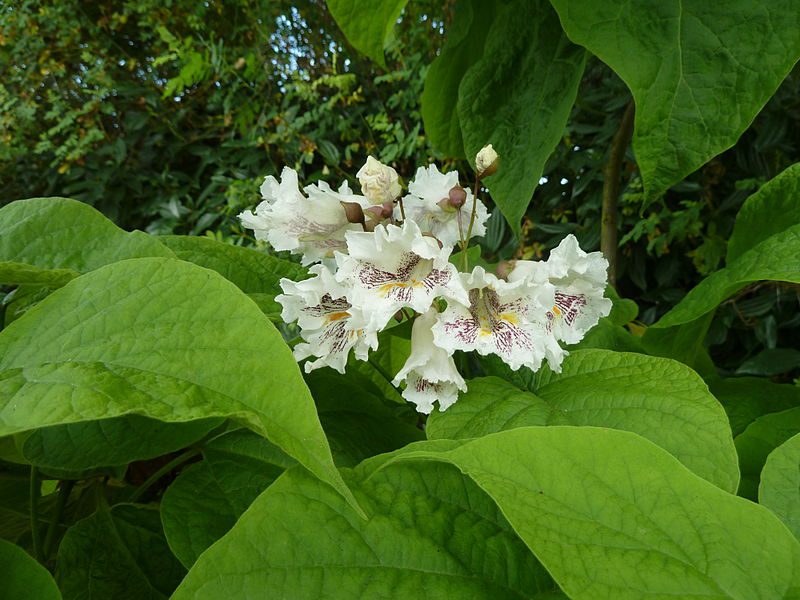
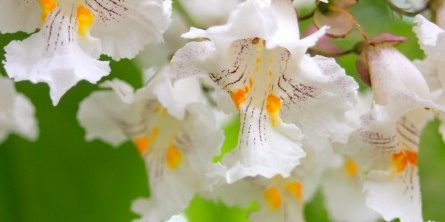
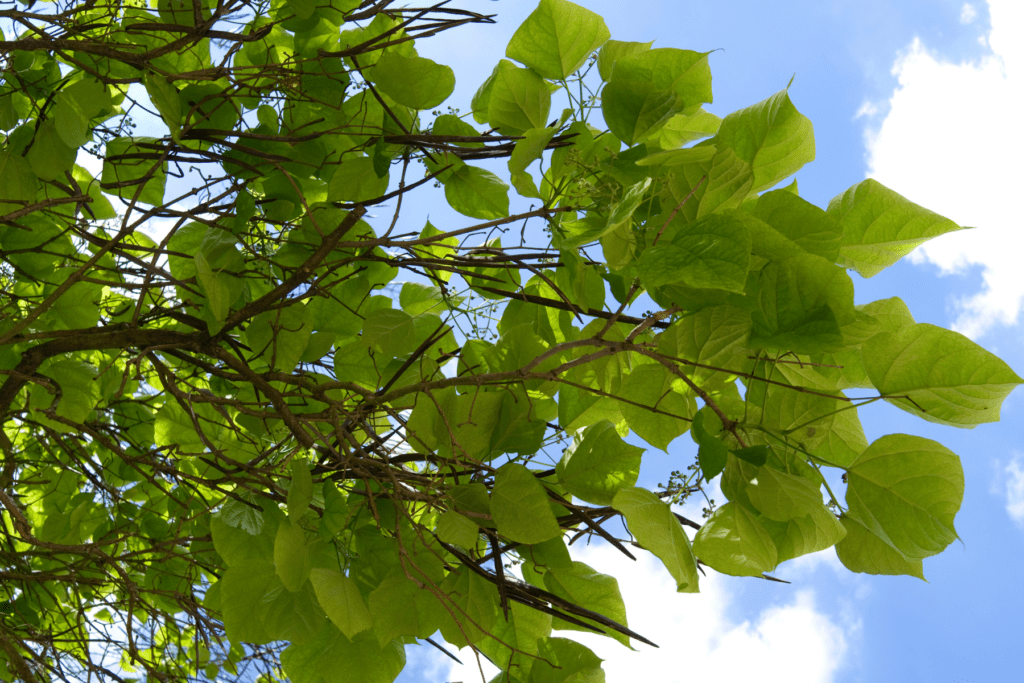
6. Crape Myrtle (Lagerstroemia indica)
Crape myrtles begin to bloom in late May and continue through the summer season. Their vibrant clusters of pink, purple, red, or white flowers brighten streets and gardens. Though a non-native tree, this tree is non-invasive and has become ubiquitous in urban landscapes. However, due to its overuse in landscaping and vulnerability to pests like crapemyrtle bark scale and susceptibility to sooty mold, other tree species may be more appropriate if you’re considering planting this tree in your own yard. Larger varieties of Crape Myrtle qualify for $50 rebate through DOEE’s Tree Rebate program.
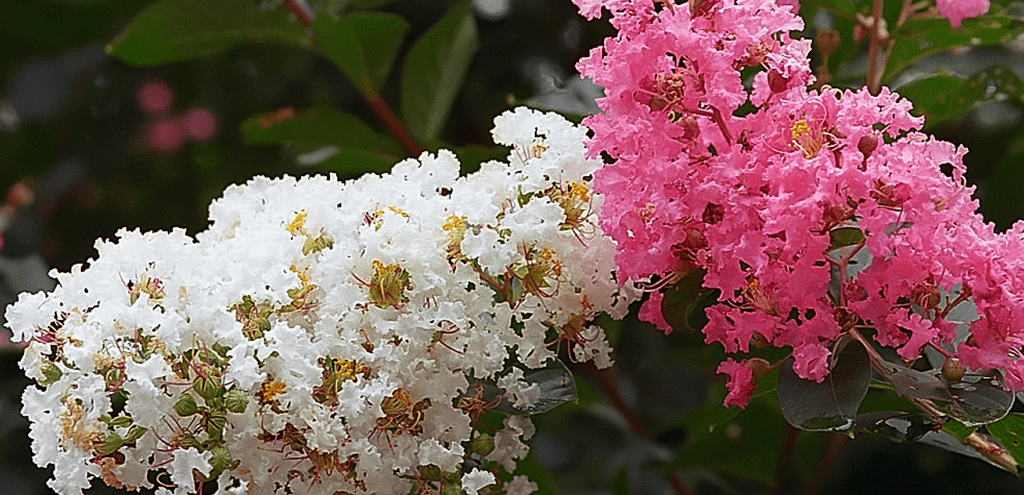

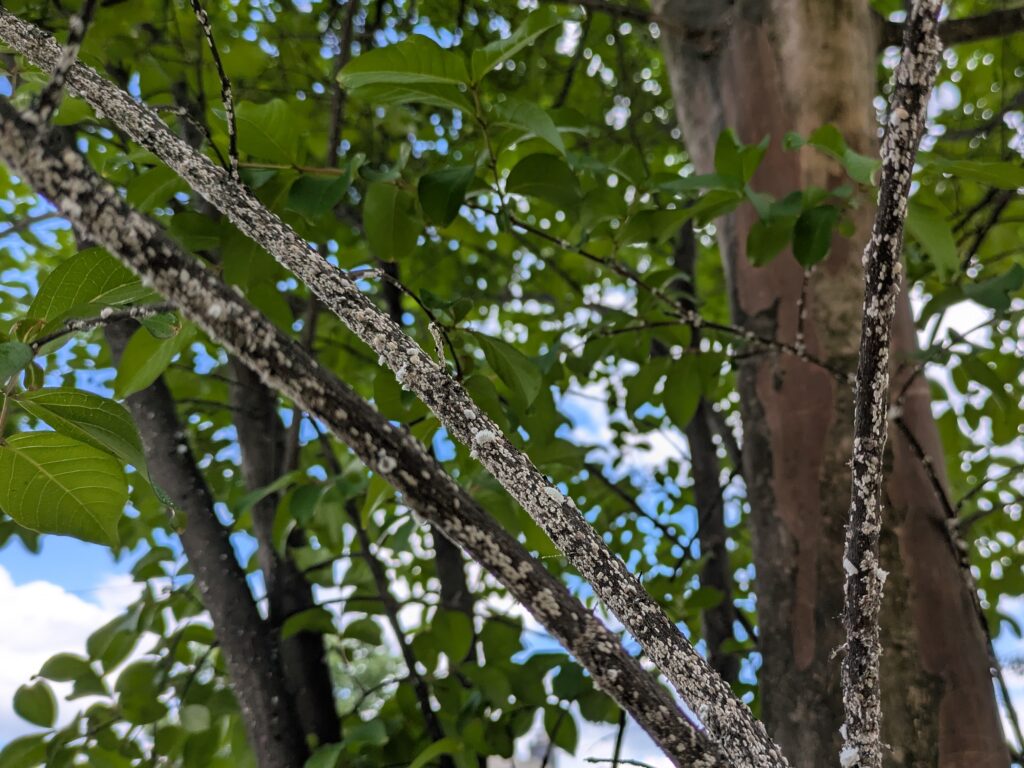
7. Honeylocust (Gleditsia triacanthos)
Honeylocust flowers appear from May through June as small, greenish-yellow clusters with a sweet fragrance. Though the flowers are not as showy as other blooming trees, the Honeylocust is a wonderful tree for the urban landscape. The tree’s delicate, compound leaves allow dappled sunlight to reach the ground, supporting undergrowth and it is highly adaptable to urban conditions. It tolerates drought and soil compaction, is a fast-growing tree, typically reaching about 70 feet tall, and adds ecological and aesthetic value to our urban forest. Honeylocusts are a great choice for many landscapes, and can be planted through our free tree programs.
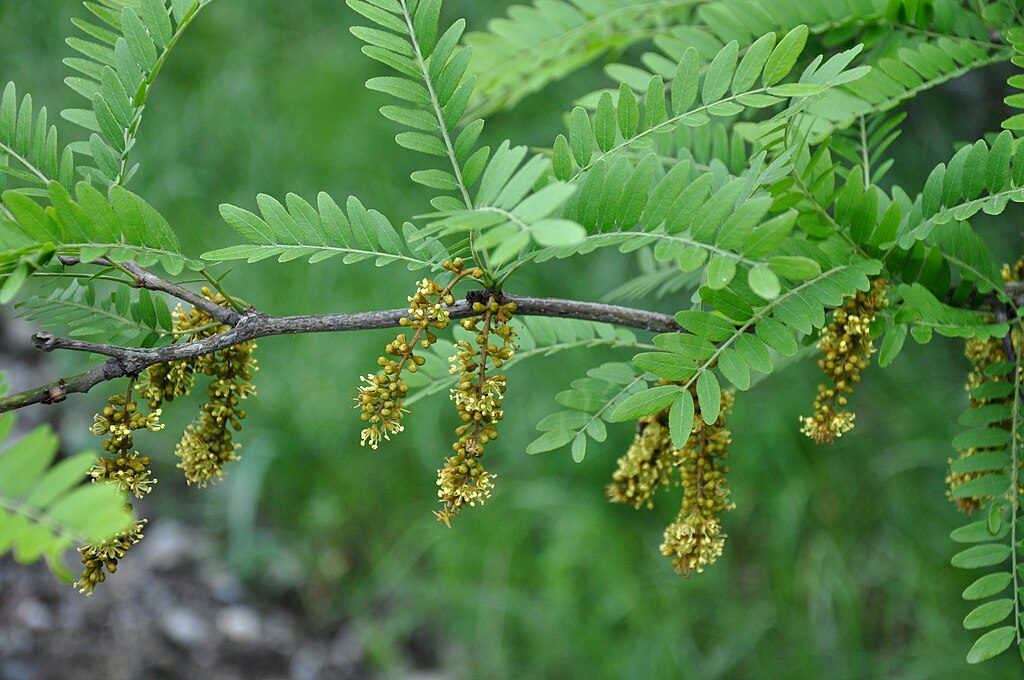


These tree species extend the flowering season beyond early spring, enriching DC’s urban canopy well into summer. Planting and caring for these species supports biodiversity and enhances our city’s green spaces.
